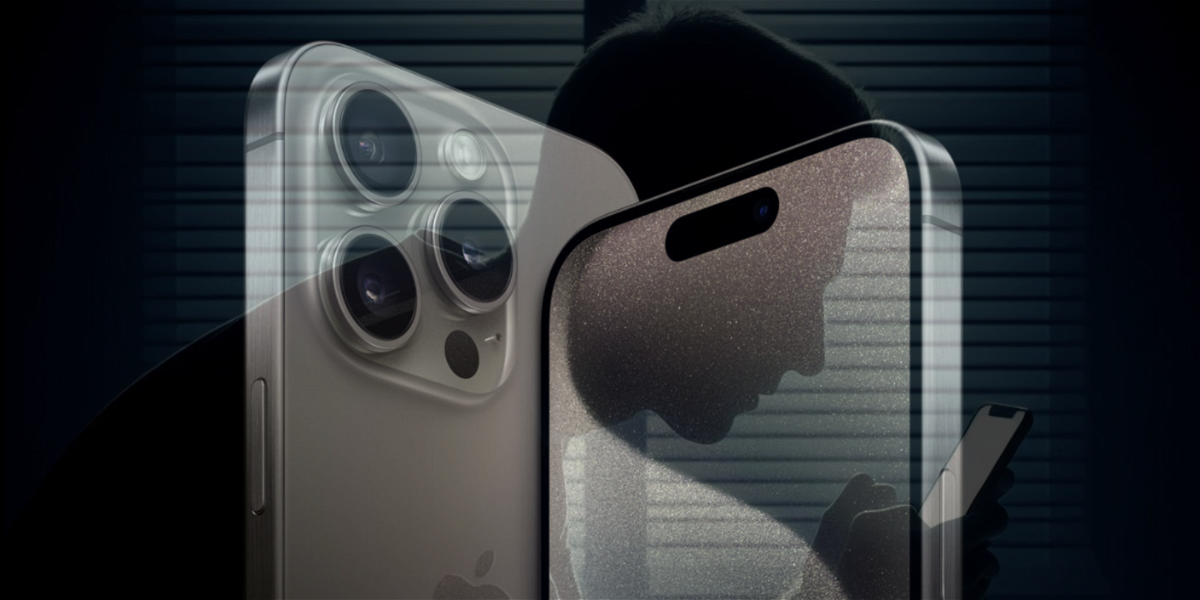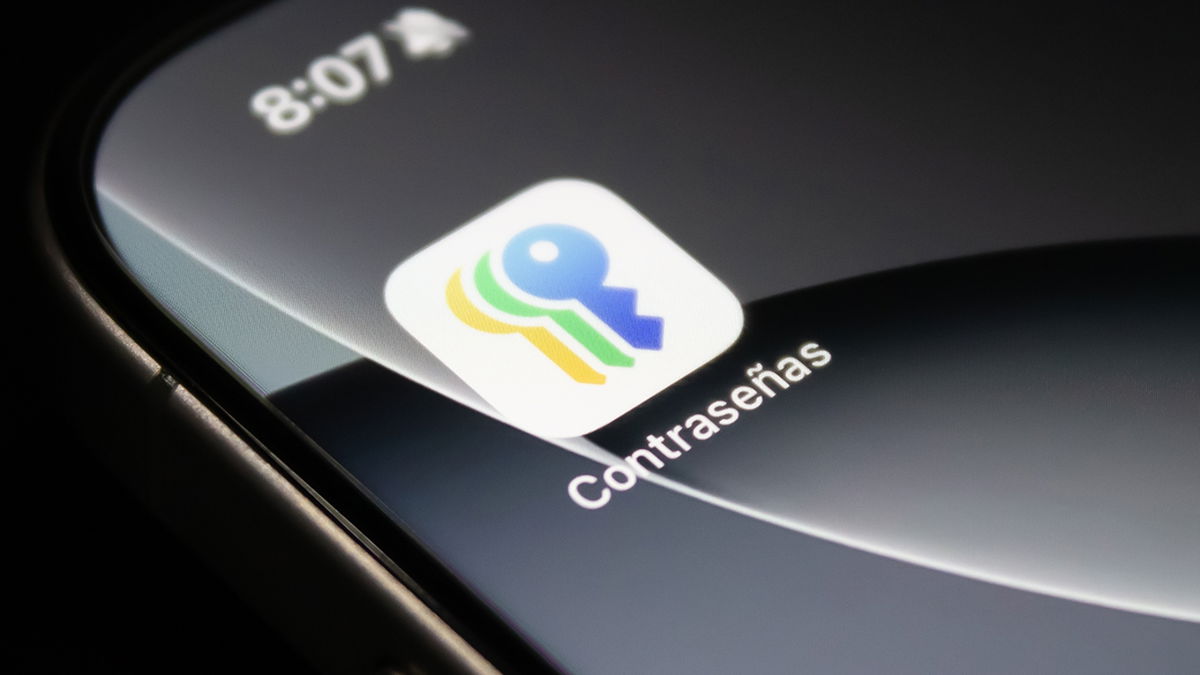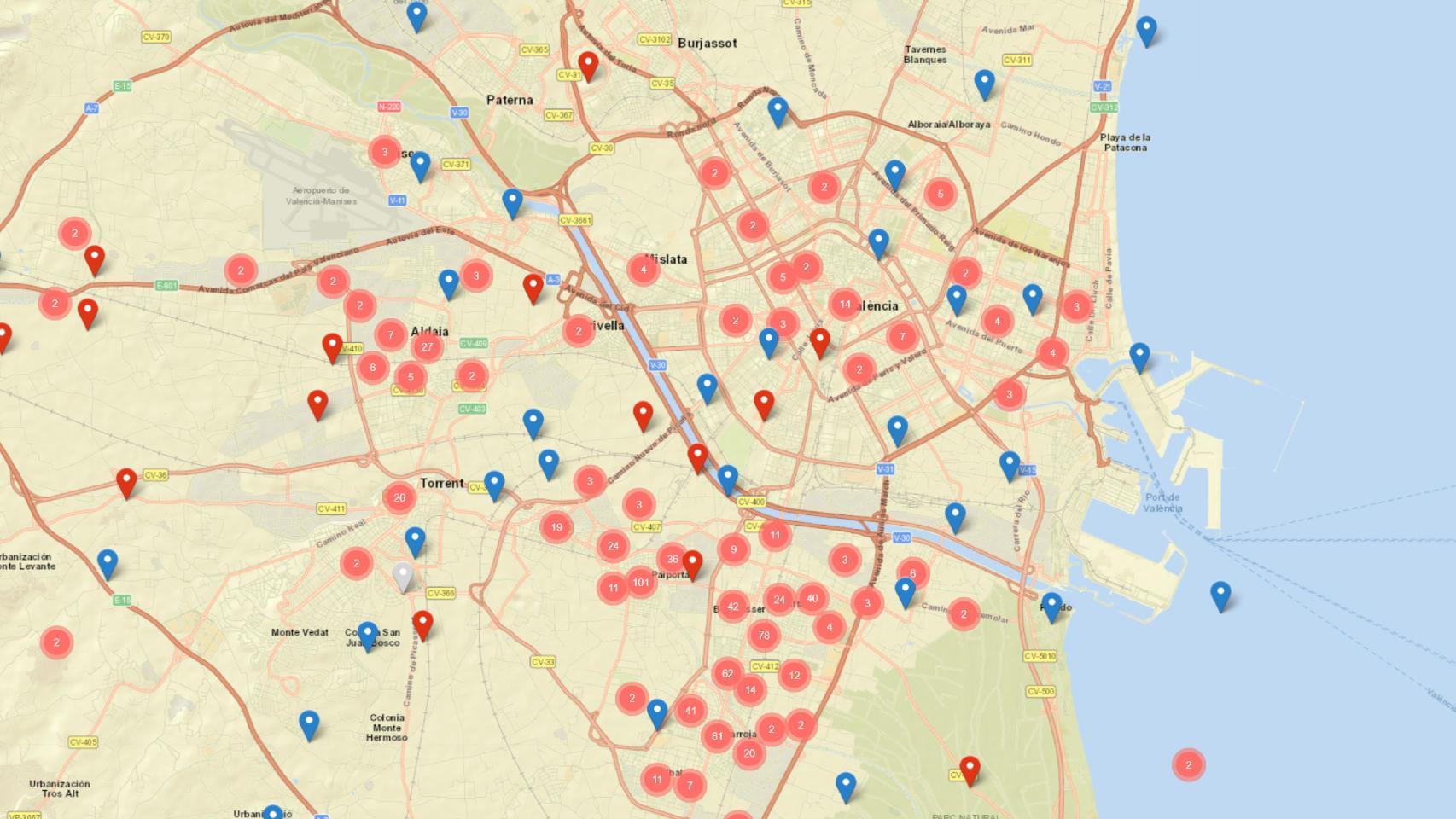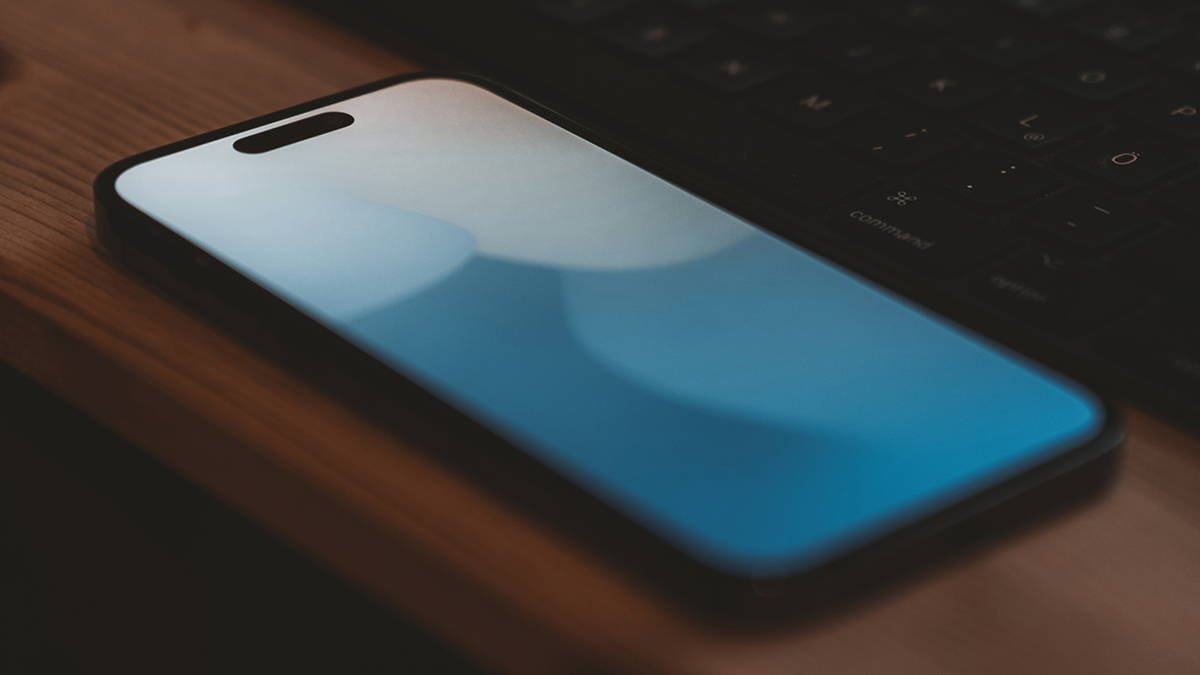Take control of your iPhone and your time with these tips!
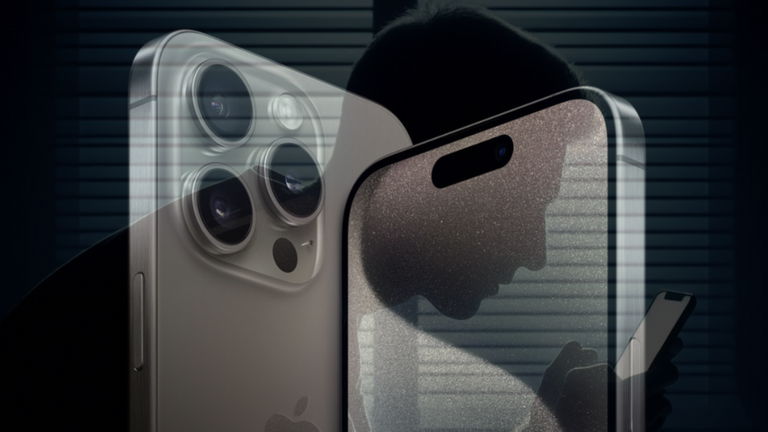
It’s no exaggeration to say that the iPhone has become an extension of ourselves. However, Excessive use of iPhone and other similar devices can have negative consequences on our physical and mental health.but with changes in our habits or even taking advantage of iPhone tools, they can be reversed.
To do this, we will present to you 20 simple but effective tips to reduce compulsive iPhone use and adopt a more balanced and productive digital lifestyle.
Some negative effects that seek to address decreased screen time on your iPhone includes:
- Mental health problems: Excessive smartphone use has been linked to increased anxiety, depression, and stress.
- Sleep Disturbances: Exposure to blue light from screens can disrupt sleep and cause insomnia.
- Vision problems: Spending too much time looking at the screen can cause eye strain and computer vision syndrome.

Compulsive cell phone use can lead to emotional and physical problems
- Physical pain: Prolonged use of smartphones can cause neck, shoulder, and wrist pain due to poor posture.
- Decreased productivity: The constant distraction of notifications and compulsive app use can negatively impact concentration and productivity.
- Social isolation: Excessive smartphone use can lead to a decrease in face-to-face interactions, which can affect family and personal relationships and a sense of community.
- Need to use social networks: Desire for attention on social media and sadness if things don’t go well.
Tips for reducing screen time
While it’s difficult to pinpoint how much time we’re spending too much or too little on our devices, recognizing some of the symptoms mentioned above is a good place to start. We can complete this by an overview of the weather on our iPhonewhich will allow you to identify usage patterns that are distracting or wasting your time.
To see usage time on iPhone, follow these steps:
- Open the app Settings on your device.
- Find and tap the option Use the time.
- View your average daily usage.

iPhone offers accurate information about how much time you use it and what you spend it on
From there, try some of these tips to reduce your time in front of the iPhone.
1. Set realistic goals: If you’ve already decided to reduce the amount of time you use your iPhone, set small, achievable goals to gradually make progress.
2. Enable “Screen Time”: This feature lets you set app usage limits and app categories, as well as schedule screen-free periods to help you disconnect.
3. Set boundaries on social media: Limit the time you spend on social media like Instagram, Facebook and TikTok. You can set daily or weekly limits for each app or access them from the web browser.
4. Don’t take photos and videos of everything: While your iPhone’s camera is great, avoiding it in certain situations will keep you away from the iPhone, without cluttering the Photos app and also keeping your local and iCloud storage free.
5. Silent notifications: Constant notifications can be a big distraction. Silencing notifications from non-essential apps to reduce interruptions.
6. Turn off “Unlock with Face ID”: This feature may make you constantly check your phone. Turn it off to avoid the temptation to stare at the screen every time you pick up the device.
7. Delete apps you don’t use: Get rid of apps that distract you or that you no longer use. A cleaner digital space will help you focus on what really matters.
8. Activate concentration mode: the ability to create custom lock screens, a function that Concentration mode has used very well, with useful and ideal settings for the user who needs peace of mind when performing daily tasks.

Focus mode ensures you get the most out of your time in every activity
9. Use a simple wallpaper: A minimalist, distraction-free wallpaper can help you stay focused on your tasks.
10. Activate “Grayscale” mode: Grayscale mode can make your iPhone less attractive and reduce the temptation to overuse it. This is set to Settings – General – Accessibility – turn off Grayscale.
11. Leave your iPhone out of the bedroom: Charge your iPhone in another room to avoid the temptation to check it at night or early in the morning. If there’s a reason you can take him out, at least move him away from his bed so you’re not tempted to pick him up while he’s lying down.
12. Establish technology-free times: Take time each day to disconnect from technology and do activities that don’t involve using screens.
13. Do offline activities: Go for a walk, exercise, read a book, or do any other activity that doesn’t require using your iPhone.
14. Spend time with your loved ones: Disconnect from the digital world and connect with the people you care about in the real world.
15. Use productivity apps: There are many apps that can help you be more productive, like task management apps, to-do lists, or calendars.
16. Listen to podcasts or audiobooks: Take advantage of the time you spend commuting or exercising to listen to podcasts or audiobooks instead of staring at the screen.
17. Use your iPhone to learn: There are many educational and useful apps that can help you learn new things or improve your life.
18. Seek professional help if you need it: If you feel like you can’t control your iPhone use yourself, seek help from a therapist or counselor.
19. American Widgets: Widgets give you information without having to go into the app, helping you use your iPhone less. It can add useful widgets to your iPhone’s lock screen and home screen.

iOS Widgets Can Help You Better Manage Apps on Your iPhone
20. Enjoy life offline: Disconnecting from technology from time to time will allow you to better appreciate the world around you and the experiences that real life has to offer.
Reducing screen time on your iPhone will not only help improve your physical and mental health, but it will also allow you to be more productive and enjoy more of real life. Implement these tips gradually and find a balance with the best of both worlds.
You can follow iPadized on Facebook, WhatsApp, Twitter (X) or check out our Telegram channel to stay up to date with the latest tech news.

